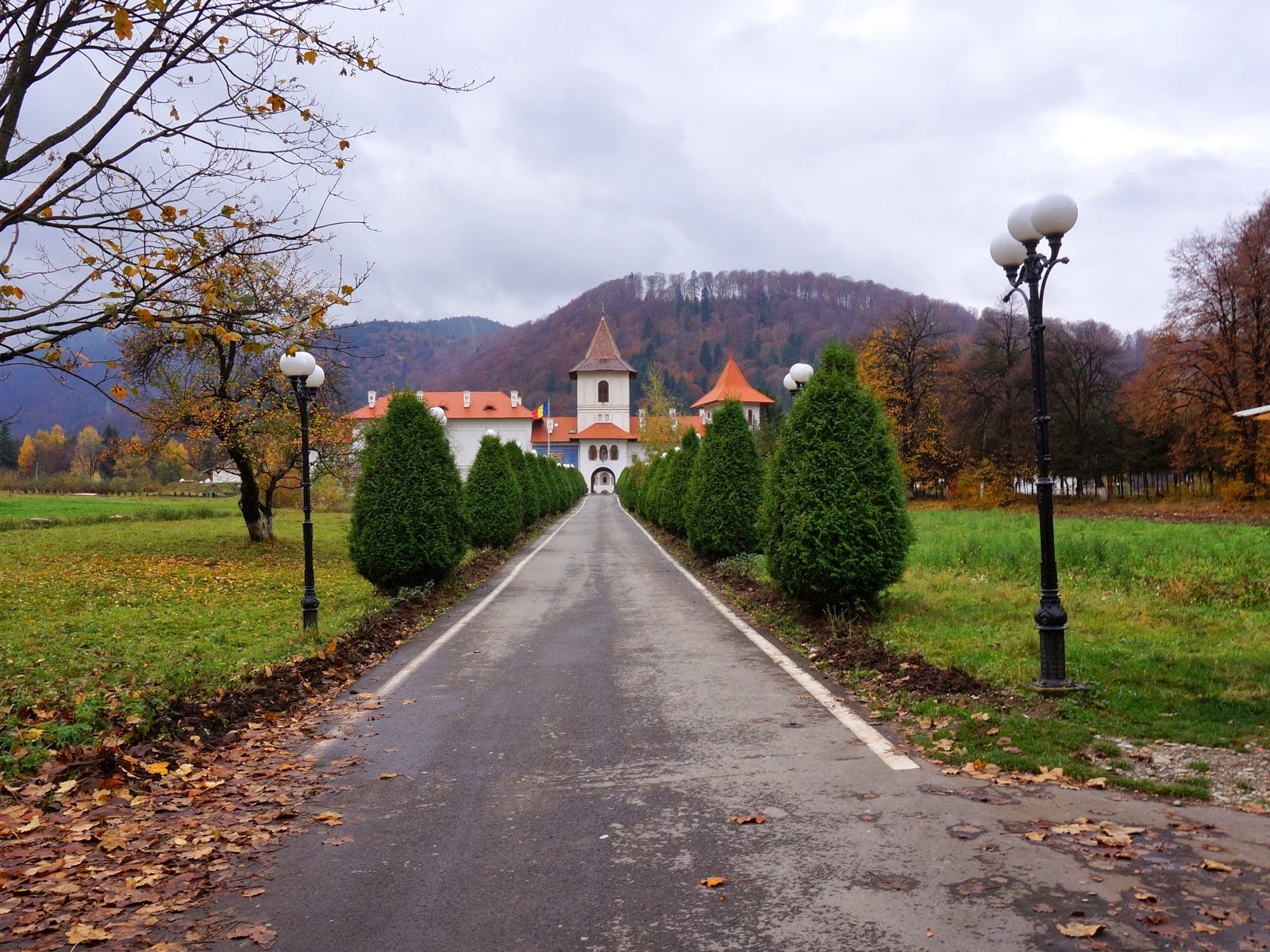
The Transfăgărășan Road is the most famous road in Romania. Its twists and turns over the Carpathian Mountains are legendary and it is often dubbed the greatest road to drive on in the world. Tons of car commercials have been shot on it.
I was standing somewhere near the bottom, staring at a closed sign.
There was a single kitschy souvenir stand open near the final turn, guarded by an aggressively friendly stray dog. Our tour guide, Kinga, came back from speaking with the man running it.
“The road is closed,” she announced, even though she had told us as much this morning. Since it was the plan for the day to go drive it, we asked her what we were going to do. “Well, we will see.”
This led us to believe there might be a chance it would be open.
For three and a half hours from our bed and breakfast, we sat in Kinga’s station wagon. Transylvania’s landscape is lovely, but there isn’t a lot of variation. After the first hour of fields, mountains, fields and mountains, I fell asleep for a bit. We listened to the radio. This was our third day of touring with Kinga and I suspect she was growing just as tired of our constant presence as we were of hers.
We took a few half-hearted pictures of the surrounding woods, which had a certain charm. The air was mountain-crisp. There were patches of snow dotted between dark trees. Stray cats and dogs twined around our legs. Wood smoke added to the murkiness of the light.
But it was not nearly charming enough to be worth the drive there or back, we now realized with horror.
“You make picture,” Kinga said. “I smoke.”
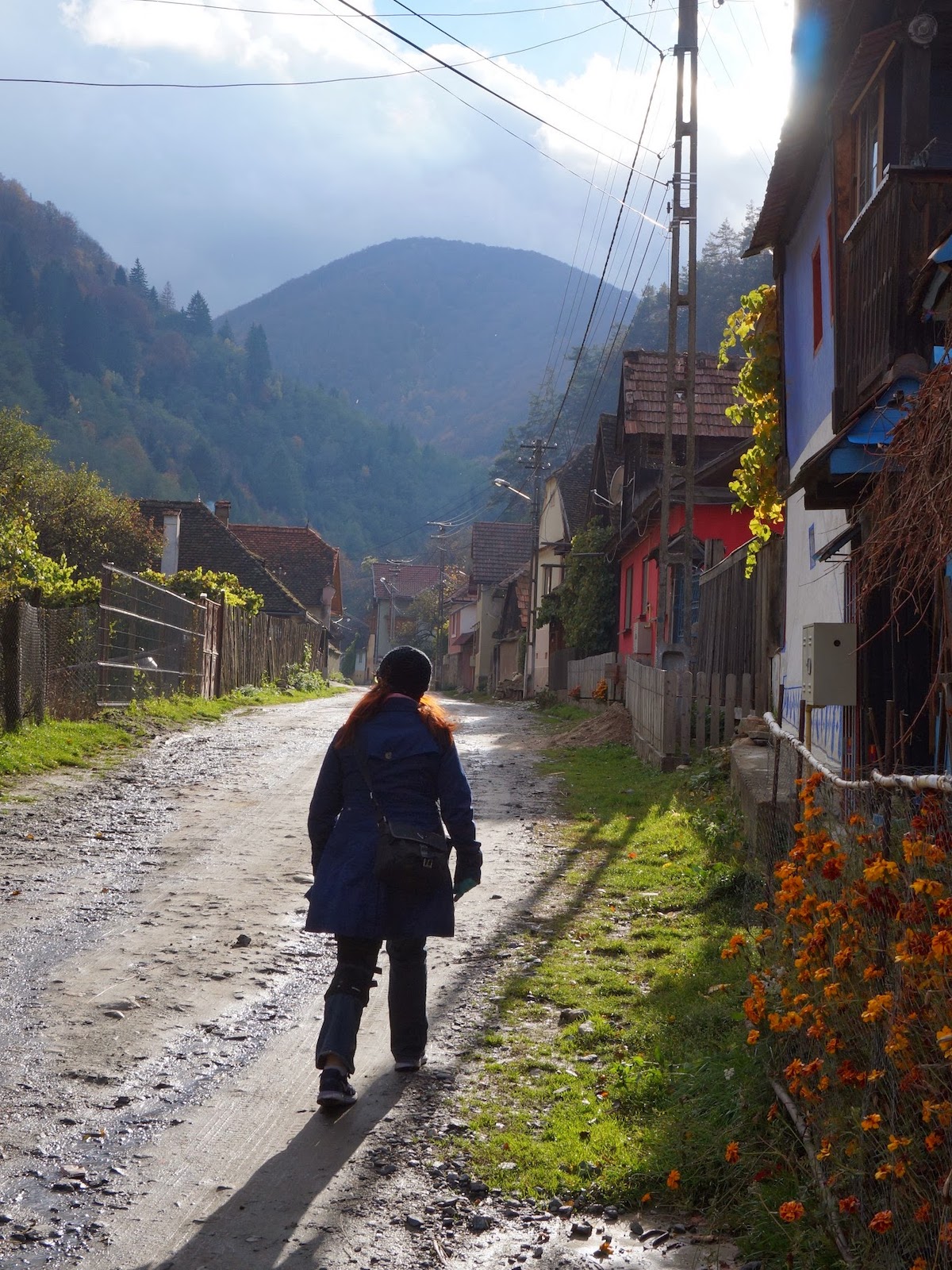
“I am Kinga.” When I first shook her hand in the lobby of our hotel, I was taken aback. She must have noticed because she asked, “You were expecting a man?”
I had to admit I was. The owner of the company that connected us to her was male and I had never heard the name Kinga before.
I was on a trek through Europe with my husband Joe. We are, for the most part, do-it-yourselfers. We research the best restaurants online. We ask locals where to stay and what to see. We take buses and trains no matter how slow or questionable. When it came time to plan our trip to the Romanian village where Joe’s father was born, we dug into our travel guides and online resources and realized, abruptly, that we were in trouble.
The village was on the other side of a mountain range from where we planned to stay in Târgu Mureș. There was not, as far as we could tell, a single bus or train through the area. So, we would have to rent a car — but where? We weren’t flying into a major city, but instead taking a series of tiny trains from the Tokai region of Hungary. On top of which, neither of us had even owned a car in 10 years. We have licenses but are not drivers. We asked the internet. Renting a car was possible but expensive and after seeing the roads and driving habits of Romanians, it seemed best not to attempt it. We would have to go against our usual way and hire a guide.
Kinga was tall, with brown hair that she teased into a small bouffant, and a Natasha-and-Boris type accent. She was the daughter of a Polish father and a Hungarian mother and she spoke Romanian, Hungarian, Polish and English (which she claimed to have learned exclusively from television), as well as a bit of Czech. We heaved our suitcases into the back of her brown station wagon and were off.
The mountains were as intimidating as expected. Romanian drivers will pass each other at speeds and on curves that genuinely made my stomach hurt. I closed my eyes and wished for Dramamine.
We drove through small towns. We stopped and asked for directions. We turned around. This was not a place that Kinga, or most people, apparently, had ever been to. As the morning wore on, Joe wondered aloud if we should find an internet connection somewhere to try to download directions.
Kinga just shook her head and raised one sensibly manicured finger in the air. “Oh no. We will find. We will find.”
We rolled into Teaca mid-morning. It was tiny, just two streets really, and she identified the town hall by the flags out front. The roads were dirt — mud in October — but there were four cement block buildings that had likely been built just before communism ended, plus a church that looked even newer.
We followed Kinga inside and after just two brief exchanges, a man wearing khakis and a collared shirt led us into an office.
“What year was your father born?” she asked.
“1932.” Joe gave the month and day and his full Hungarian name.
The man ran his finger across the shelves, yanked out a large red tome and flipped it open.
And there, in black ink, was his father’s birth record, punctuated by his grandfather’s signature, a man Joe would never meet.
We stared for a moment. Just like that, so quick. 1932, not so long ago.
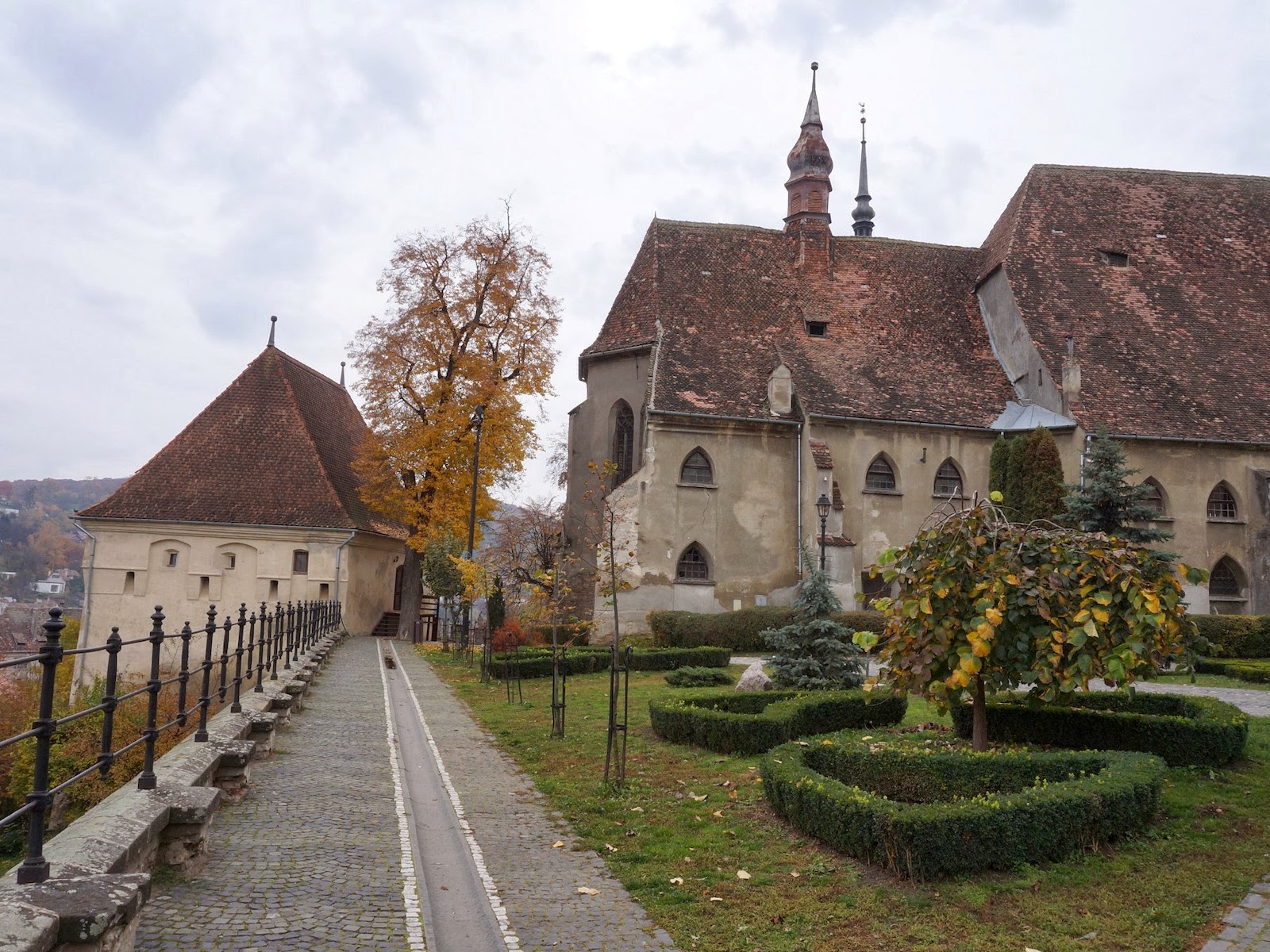
One of the biggest lessons we would learn on this trip is that the rest of the world feels the weight of time differently than Americans. Our country is just a few hundred years old. Most of us arrived much more recently than that, descended from immigrants fleeing wars and famine or seeking opportunities in the 20th century. Many of those immigrants, like my family, purposely let any history before that fade away.
Joe took out a camera and the man startled and waved his hand. He said something, and Kinga translated.
“No pictures.” Then still in English to us, “It’s like we still have communism. Everyone is afraid to do something wrong.”
So we stared for another minute. Kinga pointed at the record and said something to the man.
“He says the house numbers have changed but he knows where this was.”
We walked to a cement building, a medical clinic, one street over. “Here.”
Here my father-in-law spent his childhood collecting eggs for his family’s business, where he would steal secret sips of wine during winemaking. There was a farm right next to the building that probably looked just like the family farm would, with a small patch of grapevines stretching up the hill behind it and chickens pecking at the fence.
Kinga left us and Joe and I wandered around, hand in hand, feeling sad. Up to the 1930s, Hungarian Jews and Romanian locals lived peacefully side by side. There were clearly no Jews left here now.
We got back in the car, tired and thankful.
But Kinga was our tour guide after all, and now it was time to do some touring. By the time we got back to a more populated area, it was afternoon and we were starving. Kinga brought us to Dracula Danes, a lodge-like restaurant with a petting zoo out back. We gorged on a late lunch of meat pies and giant fried donuts that Kinga insisted were a house specialty.
An hour later, we arrived at our B&B in the town of Seibel, straight out of a storybook. The bridge we drove across to get to the pension was so narrow, I would have assumed it was pedestrian-only until Kinga eased her car across it. We waited for a cow and several dogs to move out of our way before pulling into Pensione Ramona.
Adriana was a round woman with short hair and sparkling eyes. Her husband Ionel (who knew exactly five words of English: “You can call me John!”) was small and wiry. Their genuine delight in having us stay with them was obvious the minute we walked in the door (tourists in the Romanian countryside are rare in October). Adriana announced, through Kinga, that dinner would be ready within the hour.
Joe and I looked at each other in despair. We were full. Not just not hungry. FULL. We begged her to push dinner back, which she acquiesced to with a smile.
Our room was simple and clean, with four twin beds. Thankfully, Kinga had her own room next door. We heard the TV blare on the minute her door shut. We didn’t see her again until dinner.
We were facing one of the biggest realities of travel: not everyone is fun to travel with. It is a reality that many people learn on a vacation with friends. A person might be perfectly enjoyable in normal life, but days and days together serve to accent your differences. Kinga was cold and closed-off. She was polite and basically kind, but not interested in becoming friends. As an introvert, you’d think I would appreciate the quiet, but instead I found it wearing on my nerves, leaving me on edge every night until we could finally close our bedroom door for hours of heavy sleep.
Dinner was the most perfect homemade meal I have ever had: sarmale (beef-stuffed cabbage rolls), homemade sheep feta and soft cow’s milk cheese, finishing with a slab of hand-formed apple strudel. The food just kept coming and I just kept telling my groaning stomach to shut up. Each meal we would each at Adriana’s table would be served alongside three tiny decanters: wine, pálinka and ţuică (a type of sherry), all made by Ionel.
The next two days were a series of more long drives and mostly forgettable castles: Hunedoara with its impressive views, Sighișoara Citadel (the birthplace of Vlad the Impaler), Bierten Fortified Church and the famously complicated lock inside, Sâmbăta de Sus Monastery, with newly restored buildings and cold, empty grounds.
At each spot, Kinga would tell us a few things about the place, both new and old. Sometimes she would even pull up an audio tour and hand us her phone.
Then: “You make picture. I smoke.” She would find a place on a bench with a view and wait for us to explore, buy snacks and take pictures. And each time we came back and told her we were finished, she said, “Okay. We go now.”
The drives were long and winding. I sat up front in a vain attempt to avoid car sicknesses. We listened to music by French and Romanian bands, all in English. One tape had songs about sex that were so hilariously graphic, my husband reached up and tapped my shoulder, a secret “what the heck is happening?” signal. Kinga didn’t appear to notice.
On one winding mountain road, there was a cheese stand on every corner, each staffed by a single woman who likely made the cheese herself. I finally pointed and said, “Can we get some?”
“You like cheese?”
“Yes!”
By then we were past the stand. Kinga slammed on the brakes and pulled to the side of the road. She then twisted around and reversed for about 100 feet, half on the road, half on the shoulder, until we were back at the stand.
I bought two fist-sized lumps of cheese, one with a hardened outside that tasted like smoked mozzarella and another wrapped in bark that tasted like bark.
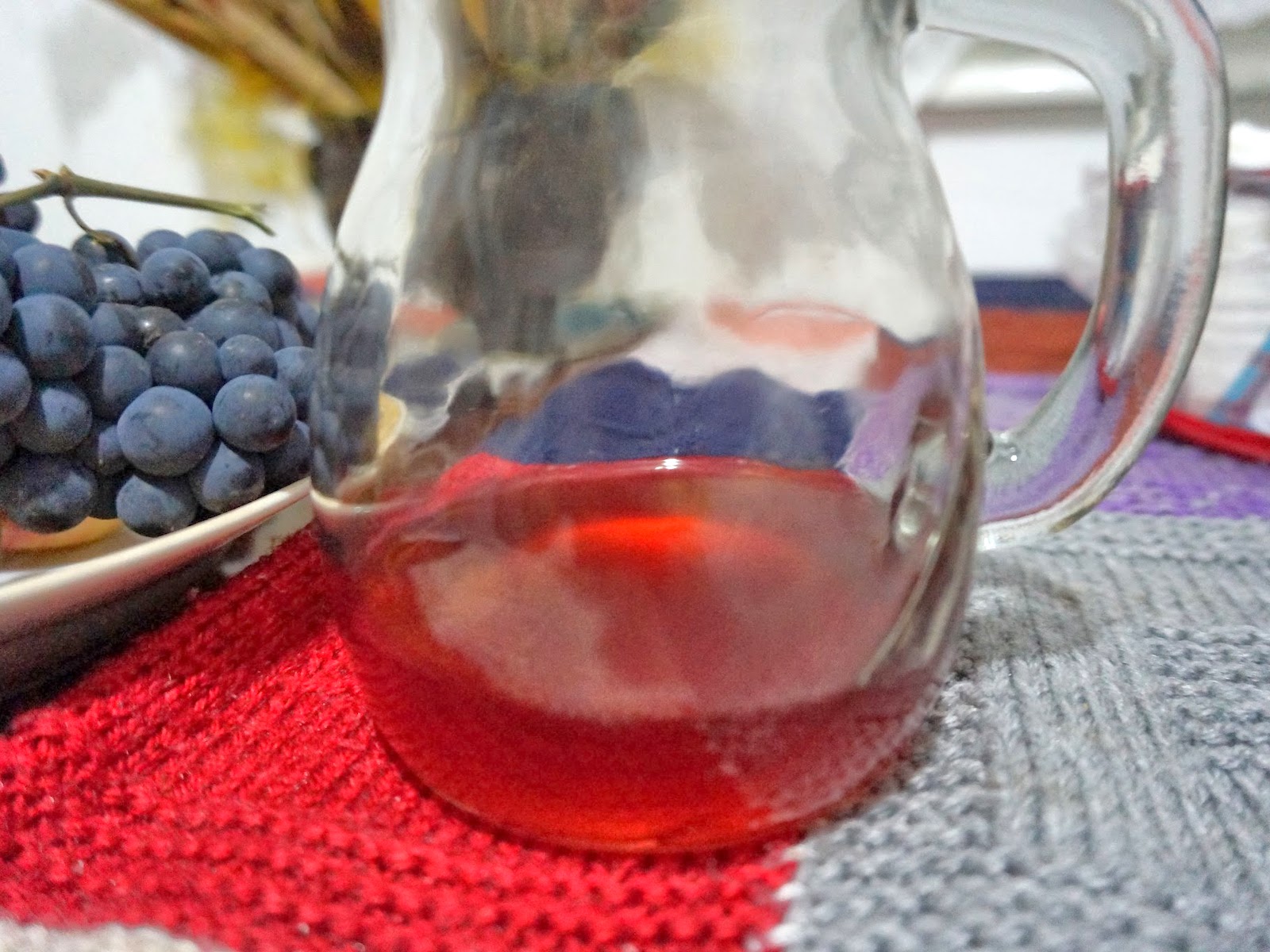
Our last night, Adriana served us turkey and vegetable soup with thick dollops of cream, giant hunks of veal, silky new potatoes and an eggy sour cherry coffee cake. This time, Ionel helped instead of coming in late from working on the farm. Joe asked him, through Kinga, how he brewed the pálinka. He laughed and pointed at the giant soup pots, then mimed pipes that would attach and were now stashed away somewhere. The grapes for the wine came from the vines in their driveway. The plums for the pálinka came from their fields. Then, perhaps happy for such an appreciative audience, he topped off our decanters of pálinka and ţuică. Once, twice, three times.
We could only communicate through Kinga’s very literal translations, which, after a few glasses of pálinka, started to sound hilarious. Finally, Ionel pulled up a chair and sat with us.
“You need a website!” Joe told Ionel.
I agreed. “Everyone should know about your house!”
“Mmm, ok.” Kinga translated, her face and tone still neutral, and Ionel said, “yes yes yes!” and slapped Joe on the back.
After she served the coffee cake, and after much begging from us, even Adriana pulled up a chair and sipped delicately at the super sweet ţuică. Her round cheeks turned red and she started laughing too, as we grew impatient with translating through Kinga and instead tried to act out everything we wanted to ask them.
Finally, Kinga, allowed to stop working for the first time in three days, pushed back from the table and visibly relaxed for the first time. Not much of a drinker, she tried the pálinka we were all shouting about and nodded, smiled and said, “Yes, it’s good.” We laughed and cheered to this understated pronouncement.
It is typical of travel experiences that your favorite things are never found on any top ten list. That moment we saw a bit of history in Teaca during our pálinka-fueled dinner in Sibiel.
The next morning, Adriana and Ionel hugged us goodbye. We were off to Brasov. Kinga brought us first to our B&B to drop our luggage, then to the main square at Brasov. Our goodbye was not teary.
“Okay, market is here. I go.”
And just like that, she was off. The next day we would take the public bus to Bran to see Dracula’s castle, back to being do-it-yourselfers. We had never wanted a tour guide and we certainly would never have picked Kinga. But for the rest of the trip, whenever we struggled with finding our way we would look each other in the eyes.
“Oh no. We will find. We will find.”

By Jasmine Smith / 
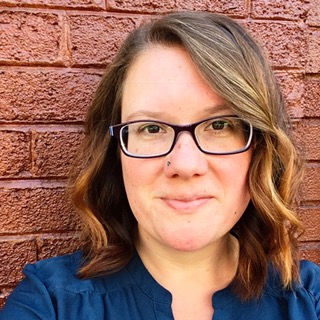 Jasmine Smith is a former cheesemonger, transplanted Midwesterner, and world traveler. She has written for The Bold Italic, Kveller and Her View from Home. She currently lives in San Francisco, caring for many plants and one small human.
Jasmine Smith is a former cheesemonger, transplanted Midwesterner, and world traveler. She has written for The Bold Italic, Kveller and Her View from Home. She currently lives in San Francisco, caring for many plants and one small human.
The post In the Car with Kinga appeared first on The Expeditioner Travel Site.
from The Expeditioner Travel Site https://ift.tt/2KAy6Yu

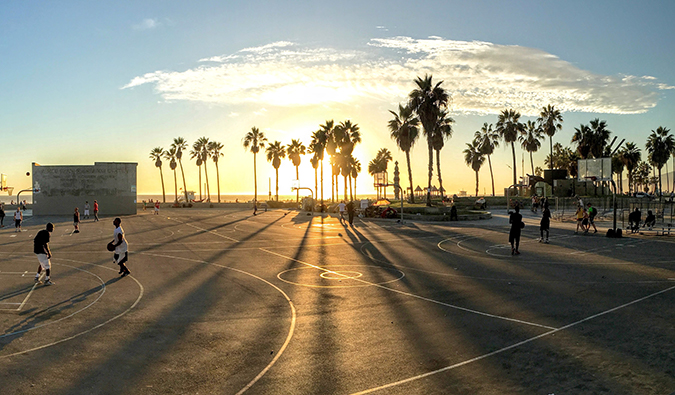





 Jasmine Smith is a former cheesemonger, transplanted Midwesterner, and world traveler. She has written for The Bold Italic, Kveller and Her View from Home. She currently lives in San Francisco, caring for many plants and one small human.
Jasmine Smith is a former cheesemonger, transplanted Midwesterner, and world traveler. She has written for The Bold Italic, Kveller and Her View from Home. She currently lives in San Francisco, caring for many plants and one small human.